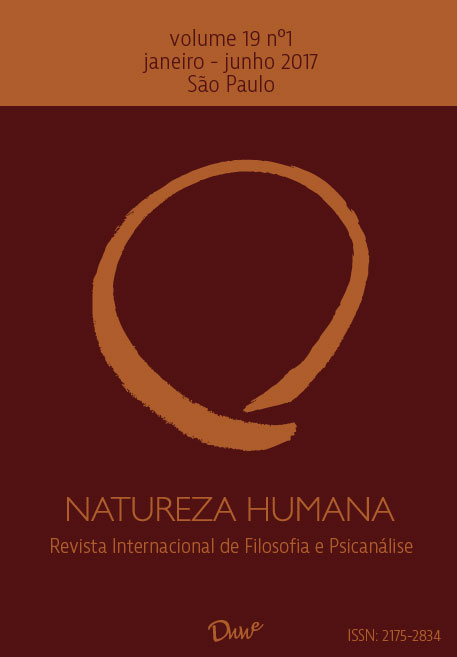Freud’s Discourse about his own Practice Discourse analysis of the 28th Conference about “Analytical Therapy” of 1917
DOI:
https://doi.org/10.59539/2175-2834-v19n1-242Keywords:
psychoanalysis; psychotherapy; treatment; cure.Abstract
In this article we examine the way Freud organizes his exposition about Psychoanalytic Therapy, focusing the terms witch characterized and define psychoanalytical practice. We aim to show how Freud uses, systematically, the notion of treatment (Behandlung) when he spoke about the collection of effects and methodical procedures unified around psychoanalysis. He also uses the notions of analytical therapy (Therapie) and psychotherapy (Psychotherapie) when he tries to think about the effects or the efficacy, and reserves the word “cure” (Kur) to the ethical connotation of the set constituted by the therapeutically technique and the treatment method. We examine the main covariance and floating semantics of these terms. Our objective is to demonstrate that the strict separation between psychoanalysis and psychotherapy seems to be emerged from a posterior tradition of commentary, witch transform this difference into a political difference with poor textual subsidize.References
Dunker, C. I. L. (2012). Estrutura e constituição da clínica psicanalítica. São Paulo: Annablume.
Freud, S. (1917). Vorlesungen zur Einführung in die Psychoanalyse. Conf. XXVIII. Analytische Therapie. Viena e Zurique: International Psychoanalytischer Verlag.
Freud, S. (2010). Conferências introdutórias à psicanálise (XXVIII): a terapia psicanalítica. In S. Freud, Obras completas (Vol. 15). São Paulo: Companhia das Letras. (Trabalho original publicado em 1916-1917).








